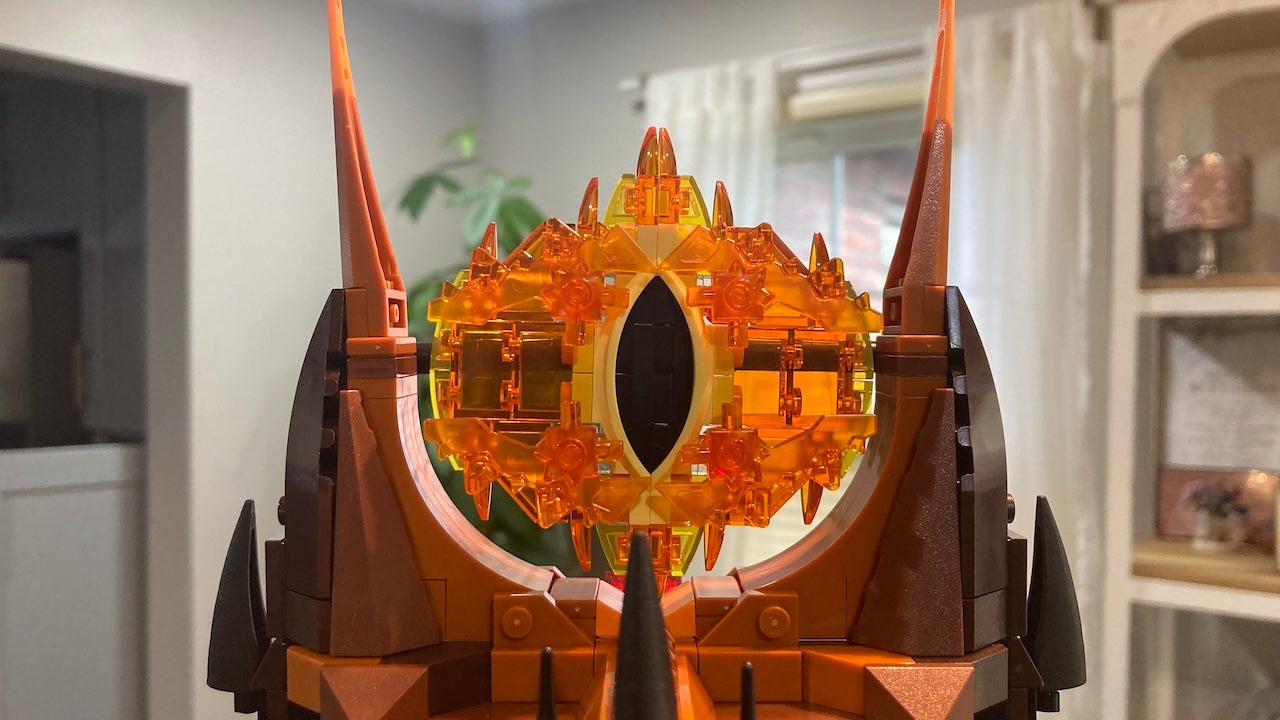An international team of scientists has provided new results in an experiment that could have a profound impact on humanity’s understanding of the universe by potentially revealing the existence of a fifth force of nature, a new subatomic particle, or a flaw in the Standard Model of particle physics.
Every piece of matter in the universe is thought to be made up of just a few different subatomic particles, which are divided into two families known as quarks and leptons. The movement and characteristics of the particles made up from these building blocks, which comprise everything from the cells in your body to the moon and beyond, are in turn thought to be governed by four fundamental forces.
The Standard Model of particle physics accounts for the behavior of three of those forces - electromagnetism, the weak nuclear force, and the strong nuclear force. Gravity, meanwhile, which is by some way the weakest of the forces and yet is by far the most familiar to us, exists outside of the standard model, as no one has yet found a way to reconcile its behavior with those of the forces described in the model.
Back in 2021 scientists from the U.S. Department of Energy’s Fermi National Laboratory announced that they had found evidence of particles behaving in a manner that defied the predictions made in the Standard Model. This in turn hinted at the existence of a fifth force, or a subatomic particle unknown to science.
The discovery focused on incredibly unstable subatomic particles called Muons, which have a mass the equivalent to 200 times that of an electron, yet last just 2.2 millionths of a second.
Each of these particles plays host to an internal magnet, which causes it to wobble in the presence of a strong magnetic field. The speed of the wobble is described by a characteristic called a "magnetic moment," which is described using the letter "g." The forces detailed in the Standard Model dictate that a Muon should wobble to a value of g2, hence the name of the Fermi experiment: Muon g-2.
In order to track the characteristics of a Muon, and so test the theories that make up the Standard Model, the Fermi team ran over 5,000 amps through a massive superconducting magnet, which measured a staggering 50 ft in diameter. This process created a uniform magnetic field which boasted an intensity of 1.45 Tesla - the equivalent to 30,000 times the potency of Earth’s magnetic field - into which a stream of the subatomic particles were fired.
As reported by the BBC, upon observing the results for the first year of the experiment in 2021, the team discovered that the Muons were wobbling faster than the Standard Model had predicted. This could indicate the presence of a new force acting on the Muon, or an as-yet unknown subatomic particle altering the nature of the quantum foam that surrounds the Muon.
Now, the Fermi scientists have released their findings for the second and third year of the experiment, which act to strengthen the initial results. The latest round took into account the equivalent of four times the data that was analysed in the first release. The scientists combined this larger data set with improvements made to the experiment, such as its Muon beam, to significantly reduce its systematic uncertainties, making it more than twice as precise as the 2021 experiment.
The team is hoping to be done analyzing data for the final three years of the experiment by the year 2025. At this point theoretical physicists will also have updated their predictions as to the Muon’s g-2 value according to the Standard Model, setting up what they describe as “a showdown between experiment and theory 20 years in the making."
Thumbnail credit: KTSDesign/SCIENCEPHOTOLIBRARY/Getty Images
Anthony is a freelance contributor covering science and video gaming news for IGN. He has over eight years experience of covering breaking developments in multiple scientific fields and absolutely no time for your shenanigans. Follow him on Twitter @BeardConGamer







